
HOW YOUR DIET IMPACTS BLOOD SUGAR
Your body breaks down carbohydrates—found in grains, fruit, vegetables, milk, and sweets—into glucose. When glucose enters your bloodstream, the pancreas releases insulin to carry it to your cells so it can be used for energy. Any that is left over is stored in the liver and muscles to be used later on when your blood sugar gets low.
“Sugar and processed carbohydrates have the largest effect on blood sugar,” says licensed and registered dietitian Julie Burns, an integrative sports nutritionist and team nutritionist for the Chicago Blackhawks. When you eat too many processed carbs, your pancreas pumps out an increased amount of insulin to move the glucose from your blood into your cells. In the short term, that can cause your energy to surge and then crash.



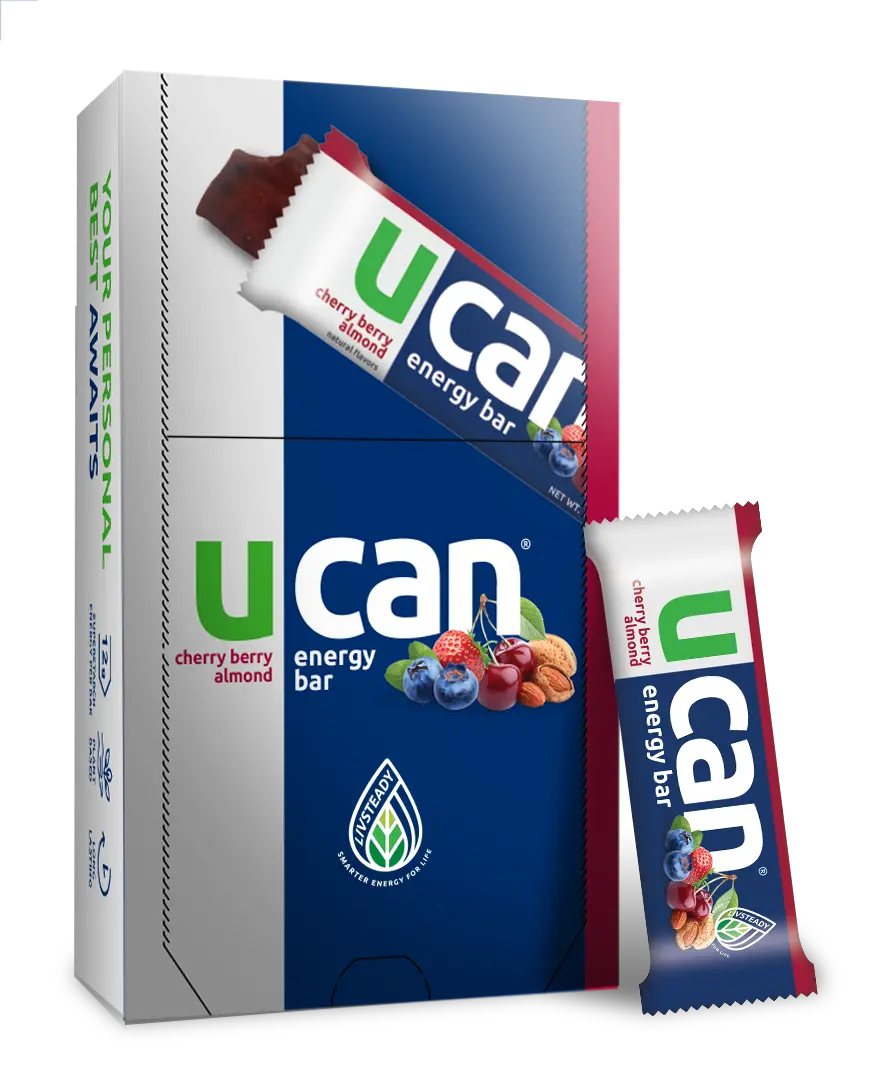
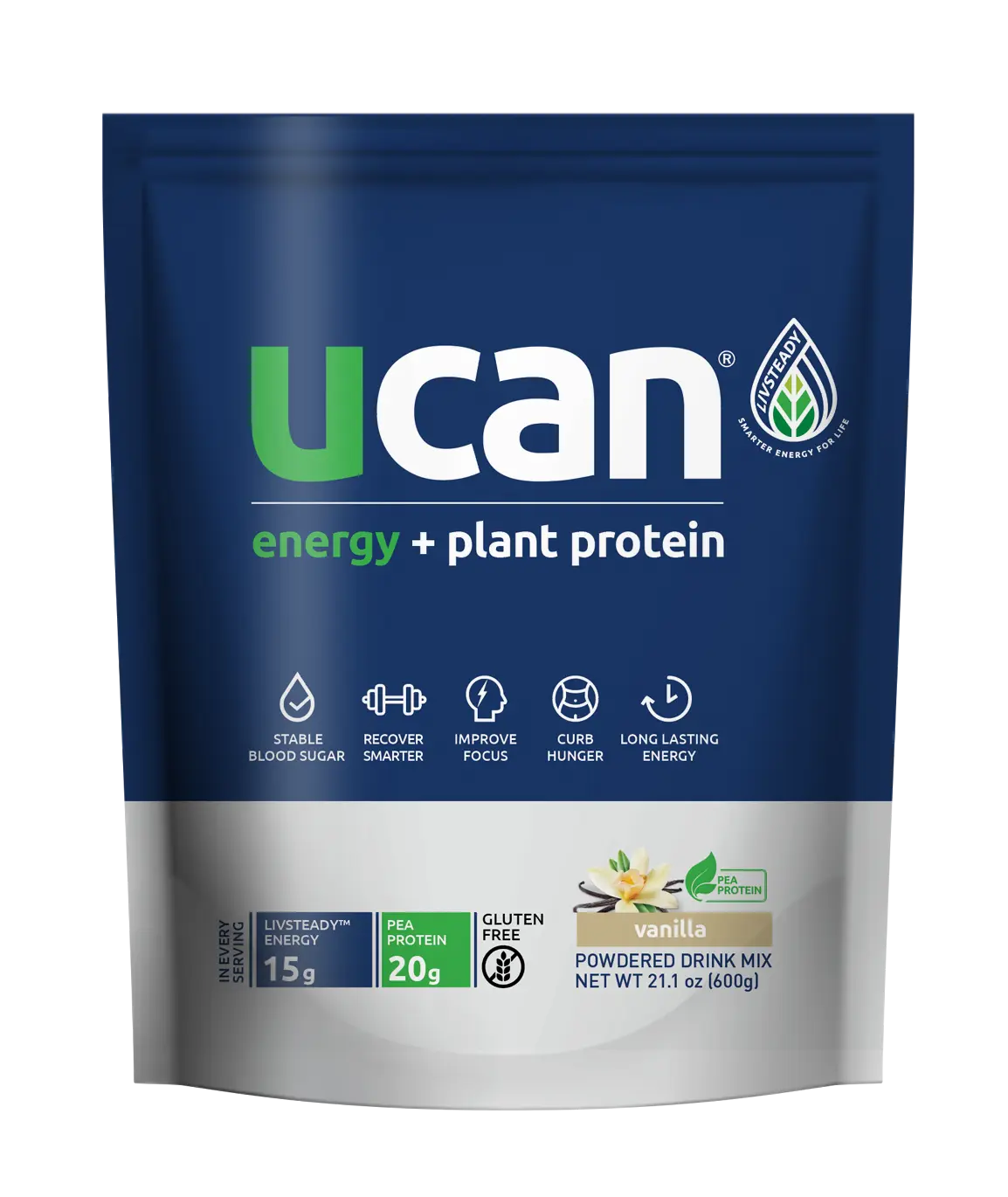
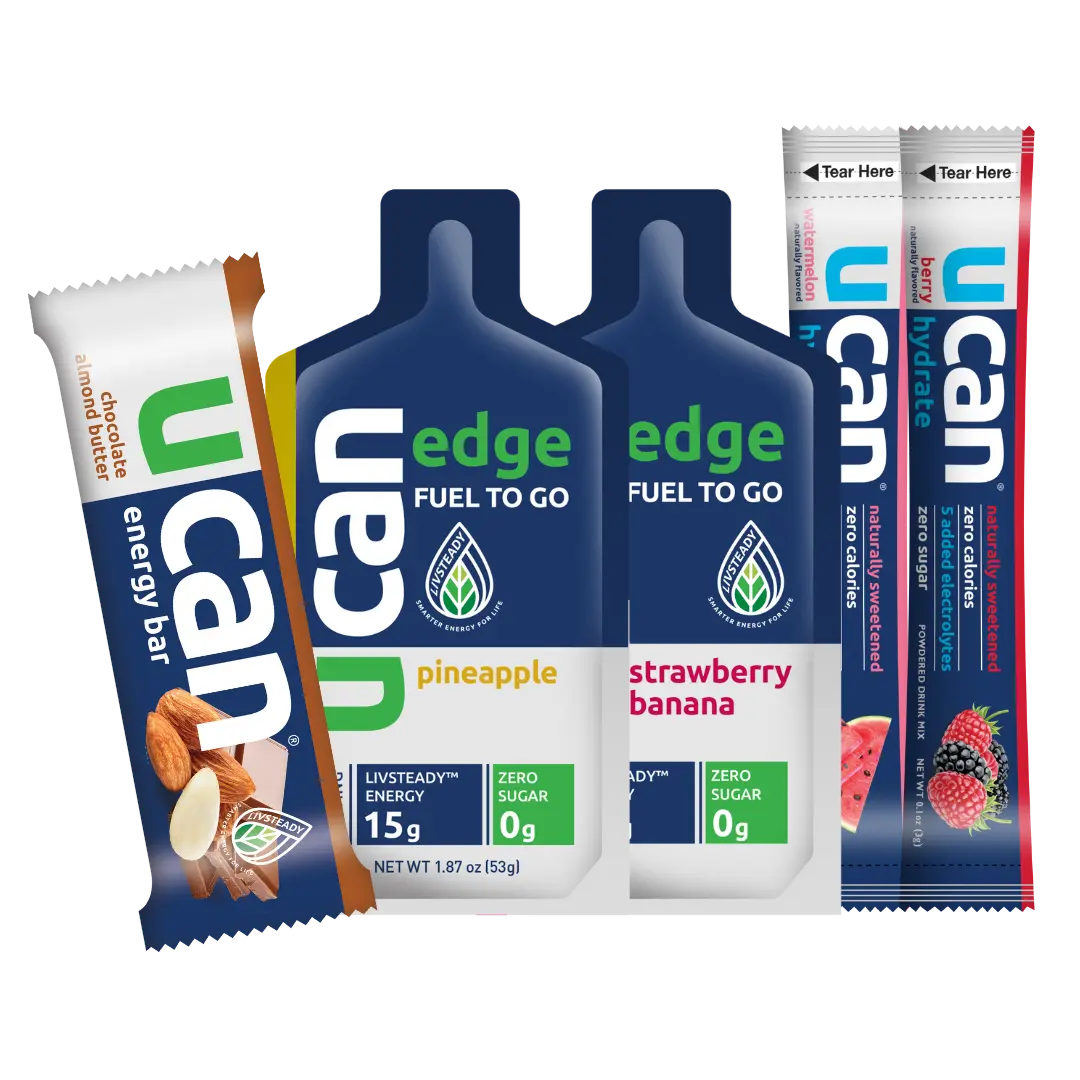









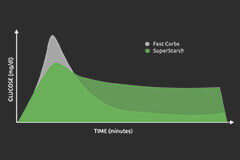

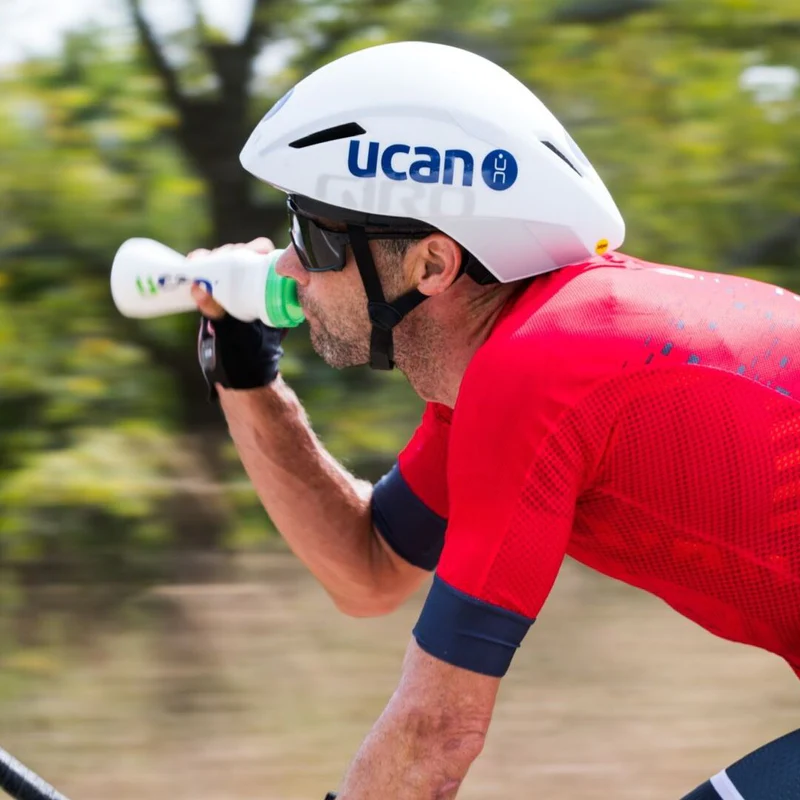






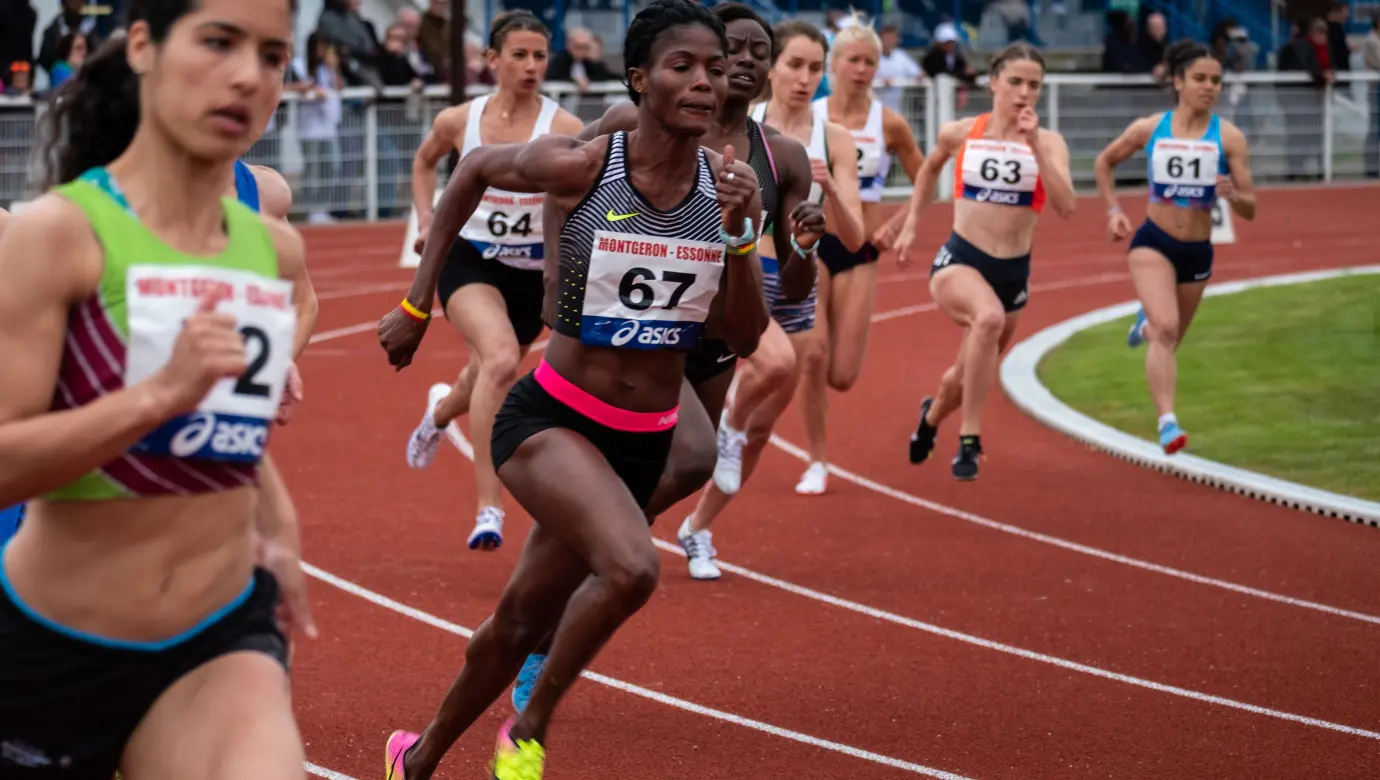


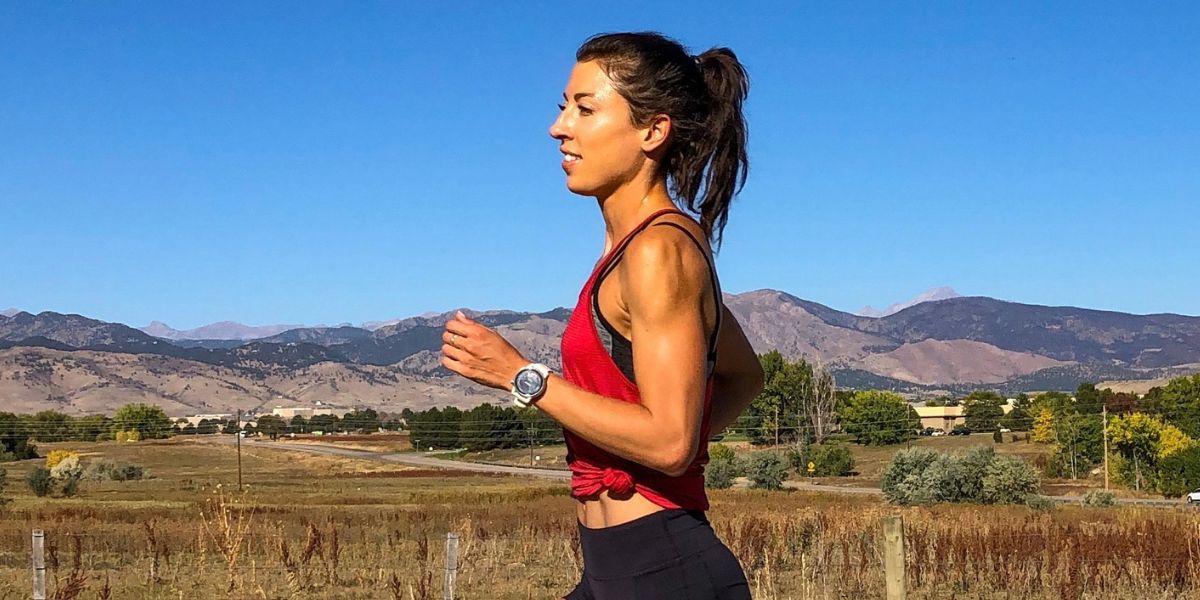
Comments are closed